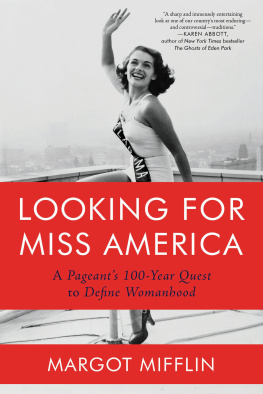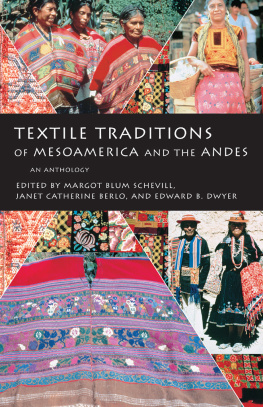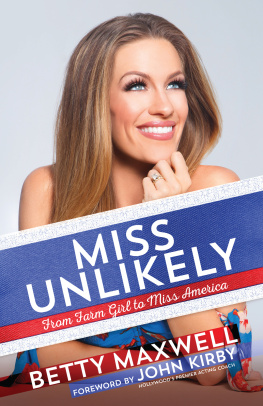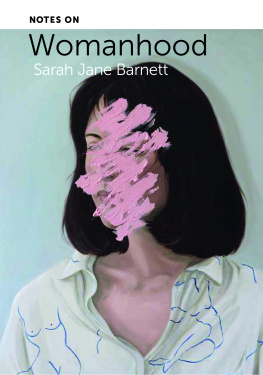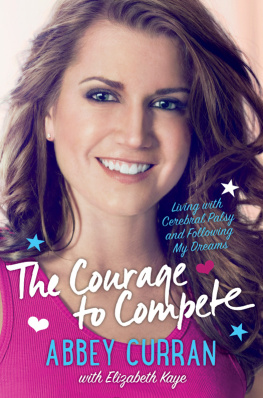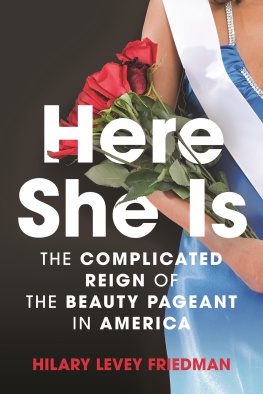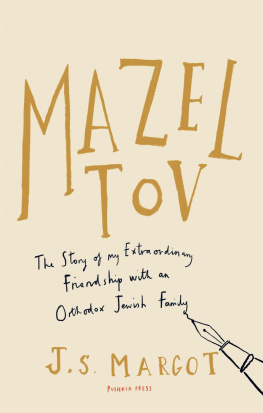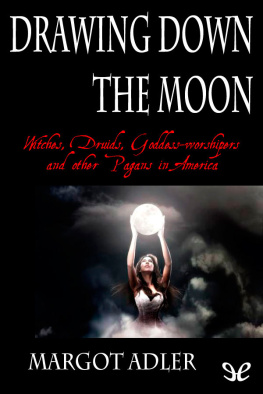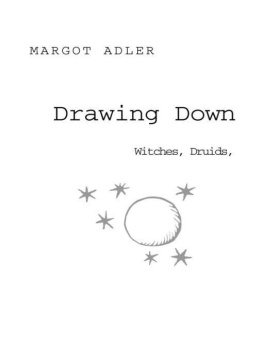Contents
Guide
Praise for Bodies of Subversion: A Secret History of Women and Tattoo
The insights [Margot Mifflin] brings are insinuating and complex... Bodies of Subversion is delicious social history.
DWIGHT GARNER, The New York Times
Mifflins thesis is rooted in subversion. She asserts that tattoos in Western culture have always been subversive for women, especially in the 19th century when they violated the assumption that women should be pure, that their bodies should be concealed and controlled, and that ladies should not express their own desires.
STEVEN HELLER, The Atlantic
Bodies of Subversion... beautifully documented the evolution of women and tattoos from Victorian couture to mastectomy scar coverups in the nineties... [It was] the only book to chronicle tattooed women and women tattoo artists.
LEAH RODRIGUEZ, The Cut
More than just a photographic history of this deep subculture... [The book] is a close study of women during a period of historic limitations and social mobility, beginning to break barriers by exploring alternative ideas of beauty and self-expression.
SYREETA MCFADDEN, Feministing
In this provocative work full of intriguing female characters from tattoo history, Margot Mifflin makes a persuasive case for the tattooed woman as an emblem of female self-expression.
SUSAN FALUDI
Essential reading for anyone interested in the subject.
ED HARDY
Praise for The Blue Tattoo: The Life of Olive Oatman
The Booklist Reader, 1 of 150 Memoirs and Biographies of Women, by Women
Finalist for the Caroline Bancroft History Prize
Named a Best of the Best from American University Presses by the American Library Association
A Southwest Book of the Year
Named a Book of the Year by over a dozen regional publications including The Kansas City Star, Anchorage Daily News, and Idaho Statesman
Named a Book of the Year by PopMatters
A One Book Yuma community read selection for Yuma, Arizona
Mifflin engagingly describes Oatmans ordeal and theorizes about its impact on Oatman herself as well as on popular imagination... Her book adds nuance to Oatmans story and also humanizes the Mohave who adopted her. Recommended for general readers as well as students and scholars.
Library Journal
The Blue Tattoo is well-researched history that reads like unbelievable fiction, telling the story of Olive Oatman.
Bust
An easy, flowing read, one you wont be able to put down.
JON STRAUB, The Christian Science Monitor
An important and engrossing book, which reveals as much about the appetites and formulas of emerging mass culture as it does about tribal cultures in nineteenth-century America.
CHRISTINE BOLD, The Times Literary Supplement
Margot Mifflin has written a winner... The Blue Tattoo offers quite intense drama along with thorough scholarship.
ELMORE LEONARD

Looking for Miss America
Copyright 2020 by Margot Mifflin
First hardcover edition: 2020
All rights reserved under International and Pan-American Copyright Conventions. No part of this book may be used or reproduced in any manner whatsoever without written permission from the publisher, except in the case of brief quotations embodied in critical articles and reviews.
Grateful acknowledgment is made to the following for permission to publish reprinted material:
Miss America
from THE MISS AMERICA PAGEANT
Words and Music by Bernie Wayne
Copyright 1954, 1955 Bernie Wayne Music Co.
Copyright Renewed
All Rights Controlled and Administered by Spirit One Music
International Copyright Secured All Rights Reserved
Reprinted by Permission of Hal Leonard LLC
ISBN: 978-1-64009-223-5
The Library of Congress Cataloging-in-Publication Data is available.
Jacket design by Nicole Caputo
Book design by Jordan Koluch
COUNTERPOINT
2560 Ninth Street, Suite 318
Berkeley, CA 94710
www.counterpointpress.com
Printed in the United States of America
10987654321
To Lawrie Mifflin and Lize Mifflinmy sisters, my lodestars
Contents

To a girl, to a girl.
To a symbol of happiness.
To the one, to the one
Whos the symbol of all we possess.
A Toast to Miss America, pageant theme song, 1949
W HO IS MISS AMERICA? SHES the kind of girl who enters a bar and orders an orange juice just loud enough for everyone to hear her, said Yolande Betbeze, Miss America 1951. Shes a prom queen who wants to become the Statue of Liberty, wrote the critic Richard Corliss. Shes the body of the state, and the country is in her eyes, gushed the journalist and pageant judge Frank Deford. But noshes Miss Whatever She Wants to Be, Miss Americas mission statement declares.
She was born in 1921, a beauty maid wearing a sash and a swimsuit in a parade in Atlantic City, conspicuously unlike those other parades, where women in sashes marched for suffrage until they got it in 1920. Sometimes she was the girl next door; sometimes she was Americas ideal woman. A few Miss Americas became household names: the actresses Mary Ann Mobley and Lee Meriwether, the journalists Phyllis George and Gretchen Carlson, the singer Vanessa Williamsthe most famous and beloved of all, despite getting dethroned in 1984. One Miss America regretted her win: Bette Cooper skipped town the night of her 1937 crowning, whisked off into the night by her dashing pageant chauffeur, leaving the mystified press staring at her empty throne the next day, awaiting her press conference. She just wanted to finish high school.
Looking for Miss America unzips the story of the pageant: an underexplored, curious, contradictory, ever-changing, entertaining piece of womens history. It spotlights the women who made it an inadvertent index of feminist progress, from Betbeze, who flatly refused to wear a swimsuit in public during her reign (so angering a key sponsor that it dropped Miss America and started Miss USA), to Erin OFlaherty, the first openly lesbian contestant in 2017. It examines the controversies the pageant has ignited, the racial bias it has enabled, and the social mobility it has offered low-income winners.
Considering that neither a Muslim nor a woman of Hispanic descent has ever won, its safe to say that Miss America does not represent America. But the pageant crystallizes many distinctly American impulses: a dual fixation on womens virtue and sexuality, a baffling fascination with royalty (is there anything less American than a crown?), the belief that education and intellect can be demonstrated in a twenty-second interview, and the unshakable conviction that young women are the best women and its their duty to entertain you.
The state and national winners, judges, and pageant officials I interviewed for Looking for Miss America were open about the organizations weaknesses and persuasive about its benefits, from life-changing college scholarships and sponsorship jackpots to career-boosting professional training and networking connections. (That said, the title can also backfire. In an editorial for
Next page
